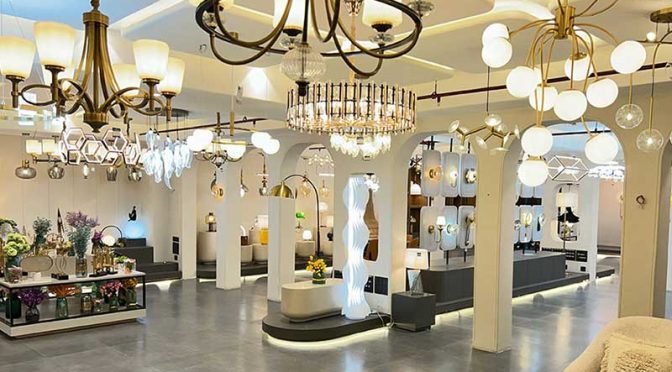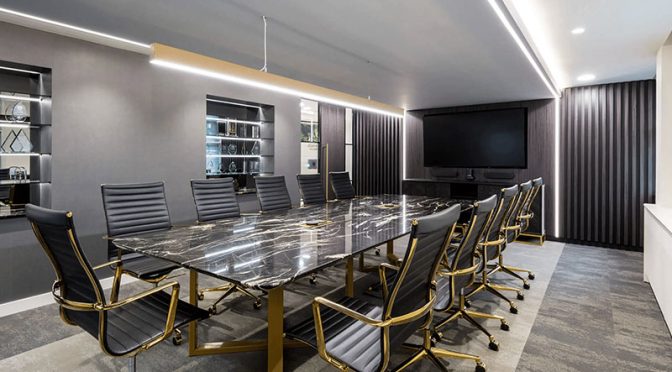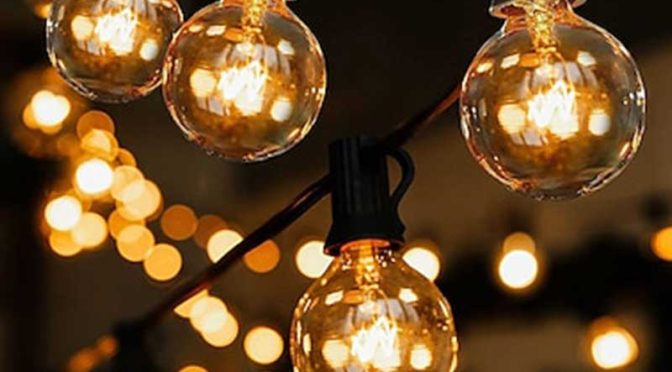In a competitive and constantly evolving lighting market, staying top-of-mind isn’t just about creating beautiful products, it’s about creating consistent value.
Lighting professionals today are inundated with choices. From smart solutions and sustainable tech to design-forward fixtures, the options are vast. But amidst this sea of options, some brands always seem to rise to the top, recommended, remembered, and repeatedly specified.
The most trusted lighting brands don’t rely on luck or legacy. They intentionally build visibility, value, and loyalty through actions that go beyond product catalogs and price lists. Let’s unpack how these leading names continue to dominate conversations and win confidence and what growing businesses can learn from their approach.
Build Ecosystems, Not Just Products
Great products are the foundation, but they’re not the whole story. Trusted brands know that what surrounds the product, the ecosystem, is just as important.
This ecosystem includes service, support, education, innovation, and customer experience. It’s about providing an end-to-end journey, from initial interaction to long-term use. These companies don’t simply offer lighting; they offer confidence. They anticipate problems before they happen. They simplify complex installations. They offer warranties that actually mean something. Their product might sit in a hospital, a retail store, or a multi-residential tower. And for each application, they tailor their message, their demo, and their support. They become solution providers, not just suppliers.
And in an industry where lighting must seamlessly integrate with architecture, automation, and user needs, brands that offer holistic ecosystems are naturally seen as more reliable, innovative, and future-ready.
Prioritize Thought Leadership Over Sales Talk
The most trusted lighting brands lead with knowledge. Instead of focusing every touchpoint on pushing product, they spend time creating content that informs, guides, and empowers their audience.
This includes:
- Webinars on emerging regulations or trends like wellness lighting
- Design inspiration guides for architects and specifiers
- Technical explainer videos on new protocols or control systems
- Research-backed whitepapers on energy performance or lifecycle cost savings
This kind of value-driven content helps establish authority and builds genuine trust. It’s not about shouting the loudest. It’s about becoming the go-to source, the brand people consult before they even start a project.
When a lighting brand is seen as a thought leader, its name comes up in the early planning stages, long before specs are finalized or bids go out.
Make Human Connections in a Digital World
While the lighting industry is steeped in technical knowledge and precision, the buying process remains profoundly human. Decisions are often made based on trust, relationships, and comfort, not just datasheets and pricing. The most memorable brands recognize this and put their people front and center.
Whether it’s a product specialist who truly understands the needs of a lighting designer or a responsive account manager who solves issues proactively, it’s the human factor that often seals the deal. These companies train their teams not just to understand product specs but to engage in meaningful conversations. They’re equipped to ask the right questions, offer tailored recommendations, and build rapport over time. They also leverage events, live demos, and networking opportunities to build those relationships further, because they know that real trust grows from face-to-face interactions.
Even in our increasingly digital world, high-touch moments still matter. They create familiarity, they demonstrate commitment, and they show that a brand is not just a logo, it’s a team you can count on.
Demonstrate Innovation
They bring new ideas to life in visible, compelling, and customer-centric ways. And they do this consistently, not just around product launches.
From interactive showrooms and live technology demos to hands-on product previews and smart lighting integrations, the top brands create experiences that make innovation tangible.
They also open the doors to their R&D thinking. They don’t hide their roadmap; they invite partners and clients to help shape it. By asking for feedback early, and demonstrating transparency in development, they make customers feel like collaborators, not just consumers.
Moreover, these brands stay plugged into bigger trends like:
- Human-centric lighting and its role in wellness
- The evolution of lighting controls and automation
- Energy optimization through AI and data analytics
- Circular economy principles and sustainable material sourcing
By being part of, and contributing to, these larger conversations, they prove they’re not just keeping up. They’re helping lead the future of lighting.
And in a space where decisions carry long-term implications, being perceived as forward-thinking isn’t just good for branding. It’s essential for relevance.
They Turn Brand Visibility into Business Value
It’s not about being everywhere. It’s about being in the right places, saying the right things, to the right people.
Trusted lighting brands know their audience deeply. They understand what motivates architects, what challenges integrators face, what keeps procurement teams up at night. And they tailor their messaging accordingly.
They also invest in smart, targeted visibility. Instead of chasing vanity metrics, they engage where influence lives, in technical forums, in architectural circles, in regulatory panels, in design showcases. They partner with experts, collaborate with educators, and ensure their products are seen in environments that inspire confidence.
From product packaging to thought leadership content, from booth design to digital presence, these brands are intentional in every touchpoint. Every interaction reinforces who they are and what they stand for. That consistency builds trust, and trust opens doors to business. When the brand itself becomes a value proposition, buyers don’t just compare specs. They believe in what they’re buying.
Final Thoughts
In the lighting world, staying top-of-mind is never accidental. It’s the result of strategic decisions, people-first experiences, and a willingness to consistently show up, with value. If you’re a lighting company looking to grow, the takeaway is clear: Don’t just chase attention. Earn trust. Don’t just display products. Build presence. Don’t just promise innovation. Prove it, and do it consistently. Because in an industry where buyers remember how you made them feel and how well you delivered, trust isn’t just an advantage.










